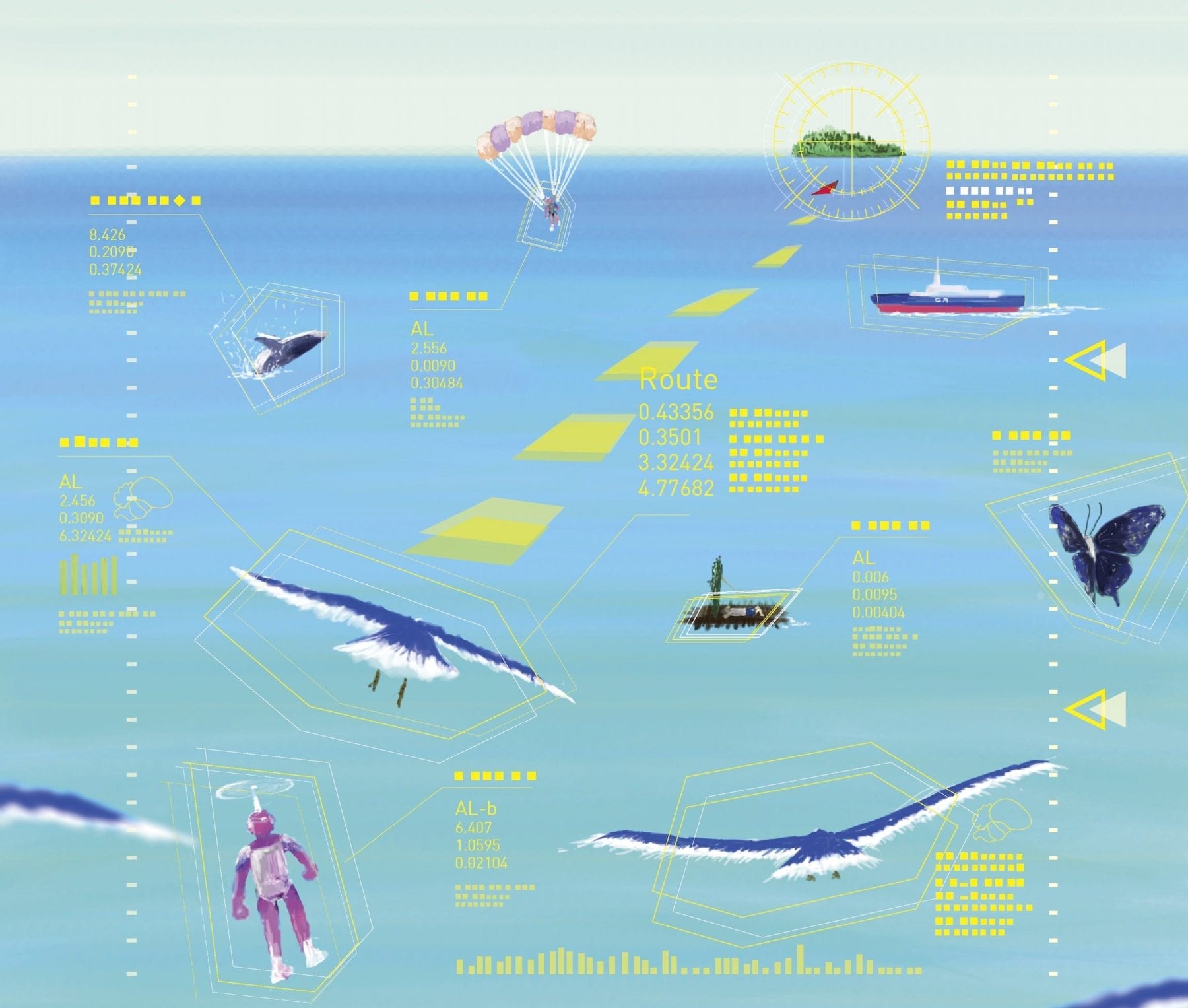
Case Western Reserve School of Medicine (CWRU SOM, CaseMed) is one of the graduate schools of Case Western Reserve University, and is located in the University Circle neighborhood of Cleveland, Ohio
The Latest Bing News on:
Case Western Reserve University School of Medicine Research
- 12 Health Benefits of Zinc for Women, According to Nutrition Experts
But there’s so much more to zinc than its stay-healthy powers. “Zinc is an essential mineral that is crucial for various physiological processes in the human body. It falls under the category of trace ...
- Case Western Reserve University says protest amid Israel-Hamas war 'no longer approved'
According to Case, 'the organizers of the protest on university private property broke the temporary guidelines originally agreed upon.' ...
- Case Western Reserve University
Case Western Reserve University’s Kelvin Smith Library, winner in the university category, was selected for its collaborative approach to problem solving.
- Case Western Reserve student protesters permitted to stay overnight
The university previously required that the protesters take tents down for safety reasons and because administrators won’t allow protests to potentially interfere with normal school operations.
- Pro-Palestinian protests continue at Case Western Reserve University after students detained
Law enforcement dismantled a camp Monday on the Case Western Reserve University ... We want a cease-fire," he said. The university released a statement from the school's president, Eric Kaler ...
The Latest Bing News on:
Case Western Reserve University School of Medicine Discovery
- The ‘inclusive scholarship’ fraud, anti-squatting law falls short and other commentary
Some state lawmakers “took a victory lap” over a new law “addressing a rash of illegal squatting” in New York that “distinguishes squatters from non-squatters.” ...
- Case Western Reserve University says protest amid Israel-Hamas war 'no longer approved'
According to Case, 'the organizers of the protest on university private property broke the temporary guidelines originally agreed upon.' ...
- Case Western Reserve University oval remains occupied after university ends protest approval
Case Western Reserve University has released a statement that the ongoing protest at the university’s Kelvin Smith Library oval is being shut down as of 6 p.m.
- Sham Science
Under traditional scholarship, anyone with scientific insight will be included in knowledge-building. Under “inclusive scholarship,” however, merely having a previously unrepresented “voice” entitles ...
- Pro-Palestine student group suspended at Case Western Reserve University
As Kent State University prepares for Saturday's 54th observance of the 1970 shootings of four people during an anti-war demonstration, an organization calling itself "Students for Justice in ...








